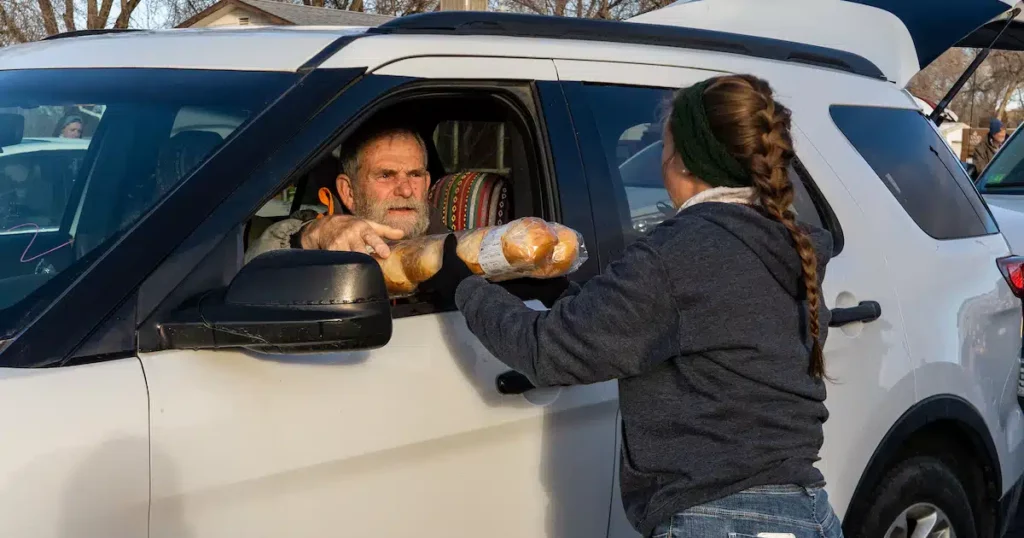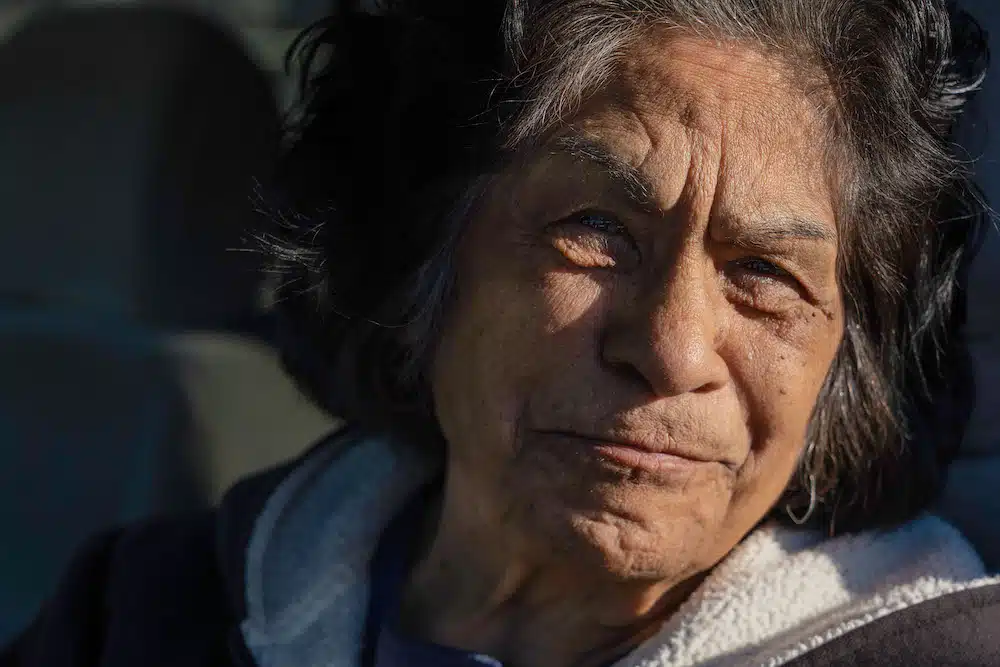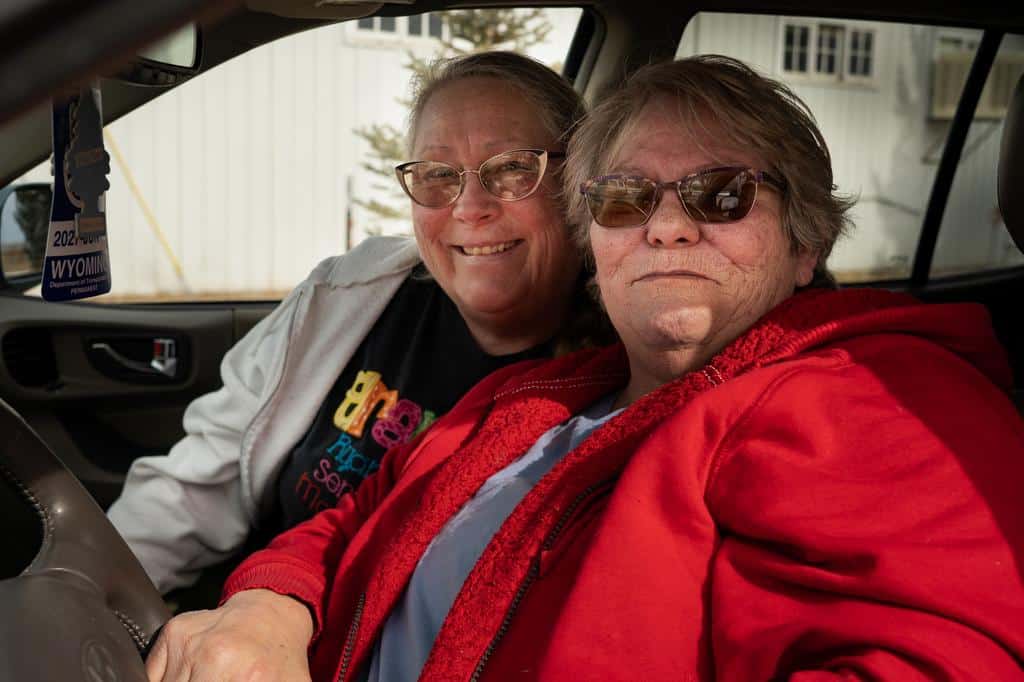
Aging gracefully is difficult enough, and trying to do it on an empty stomach is that much harder. For older adults, food insecurity is a major concern. In 2020, one out of every 15 adults over the age of 60 experienced food insecurity, which is defined by the USDA as a “condition of limited or uncertain access to adequate food.”
A 67-year-old grandparent who does all their shopping at poorly stocked convenience stores due to lack of transportation experiences food insecurity, as does a 74-year-old retiree who is forced to forgo meals in order to afford their medication. Both of these people are more likely to experience malnutrition and a variety of poor health outcomes due to not having enough nutritious food to eat, according to the National Council on Aging (NCOA).
The root causes of food insecurity are complex and difficult to isolate, often involving an overlapping array of societal conditions. Developing a disability can be a natural part of aging, but older adults with disabilities are more than twice as likely to be food insecure according to Feeding America’s “The State of Senior Hunger in 2020.” In addition to the financial strain that healthcare costs can put on a household, living with a disability can make shopping for, transporting of, and preparing of groceries daunting. Making matters worse, a lack of proper nutrition can exacerbate the chronic health conditions experienced by some people with disabilities.

Housing and income level are also significant factors in food insecurity for older adults. Adults over the age of 60 who identified as renters were four times more likely to be food insecure than their home-owning counterparts, according to Feeding America research, and a lack of affordable housing has been identified by NCOA as a contributing factor to food insecurity. More than 25% of older adults whose incomes were less than the poverty line were food insecure in 2020, and more than 15% of adults with incomes less than 200% of the poverty line were as well.
Older people of color are disproportionately affected by food insecurity due to conditions stemming from “systemic racism and racial discrimination,” according to NCOA. Black older adults are four times more likely to experience food insecurity than white older adults, and older Latino adults are three times more likely, respectively. “The State of Senior Hunger” also identified Native American and some Asian subgroups as experiencing disproportionately high rates of food insecurity.
Food insecurity can take its toll on the bodies of our older friends and neighbors, showing a clear correlation with a variety of harmful health effects. Adults over 60 that experience food insecurity are 65% more likely to be diabetic, according to NCOA, and are also more likely to suffer from heart failure, high blood pressure, and asthma. Worries about food and money can affect more than just bodies, with studies cited by NCOA showing links between food insecurity and depression and anxiety.
In the Rocky Mountain region, food insecurity is especially prevalent compared to the rest of the nation. In the “State of Senior Hunger” report, 8.2% of all Wyoming residents experienced food insecurity in 2020, making Wyoming the 10th most food-insecure state in the nation.

Thankfully, our neighbors don’t have to overcome these challenges alone. In addition to organizations like Food Bank of Wyoming and the Supplemental Nutrition Assistance Program (SNAP), older adults can have food delivered via the EverGreen Box™ Program (also known as the Commodity Supplemental Food Program, or CSFP), shop for fresh local produce via The Senior Farmers’ Market Nutrition Program, and get much-needed relief via the 19+ Mobile Pantries Food Bank of Wyoming deploys around the state. If you’re in need of food assistance, please visit our Find Food page.
To support older adults in Wyoming, please consider donating today.



